1. Letting Babies Sleep on Their Stomachs
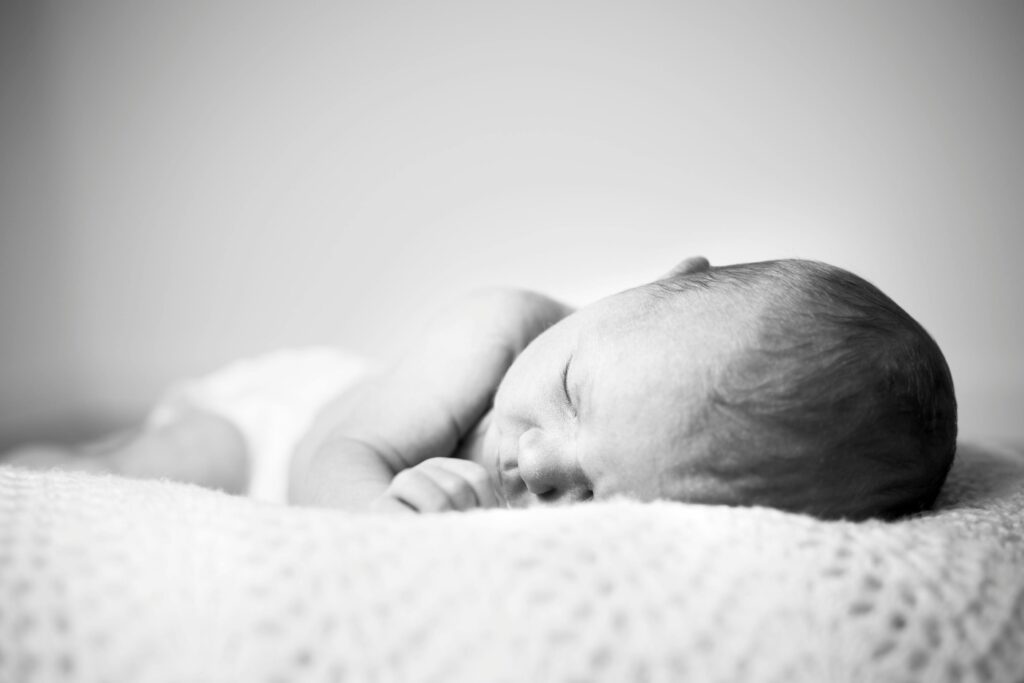
Back in the day, parents were told to put babies to sleep on their stomachs to prevent choking. It was common knowledge, passed down from older generations, and no one thought twice about it. Cribs were often filled with blankets, bumpers, and stuffed animals, making them look cozy—but also dangerously unsafe. Today, we know that stomach sleeping is a major risk factor for SIDS, and doctors strongly recommend putting babies on their backs.
The American Academy of Pediatrics has strict guidelines for safe sleep, but older relatives sometimes still insist the old way was better. Many modern parents feel anxious just thinking about how risky those old sleep setups were. The idea of a baby buried under piles of blankets is enough to send today’s moms and dads into a panic. But back then, it was just another day in parenting.
2. No Car Seats, Just Mom’s Lap
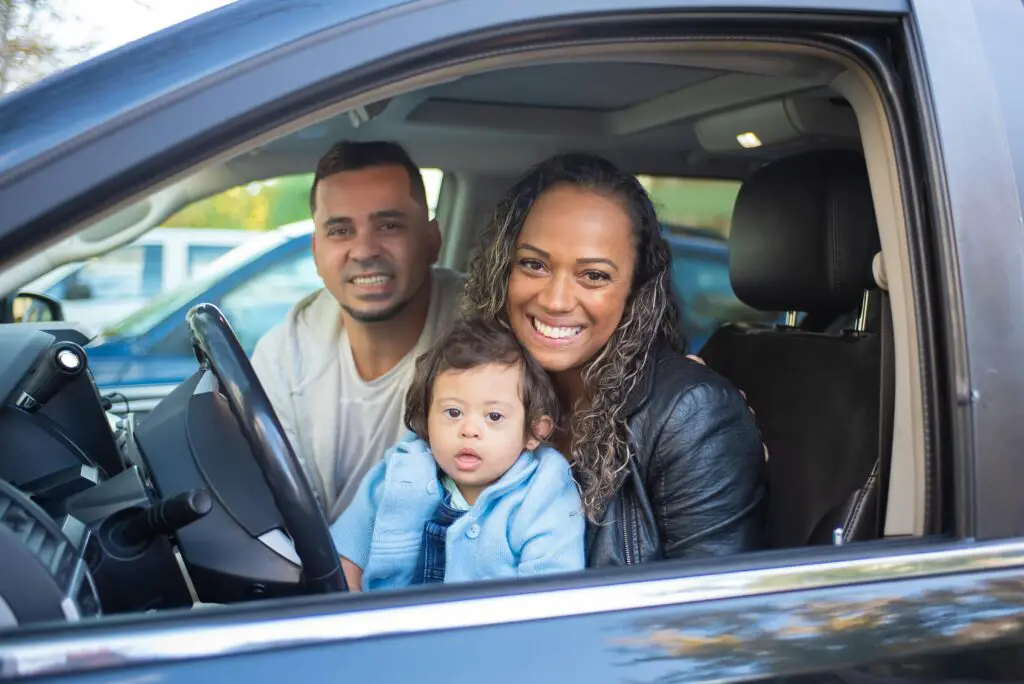
If you were a kid decades ago, chances are you rode in the car without a seatbelt, let alone a proper car seat. Babies were often cradled in a parent’s arms, even in the front seat. Some parents would just plop their toddlers in the backseat and let them roam free. Seatbelts weren’t widely used, and car seats were practically nonexistent for most families says Safe in the Seat.
Shockingly, some early car seats weren’t even designed for safety—they were just to boost kids up so they could see out the window. It wasn’t until the ‘80s that car seat laws started becoming strict, and now, most parents wouldn’t dream of driving without one. The thought of holding a baby in the front seat while barreling down the highway sounds insane today. But back then, it was just how things were done.
3. Letting Kids Ride in the Back of Pickup Trucks
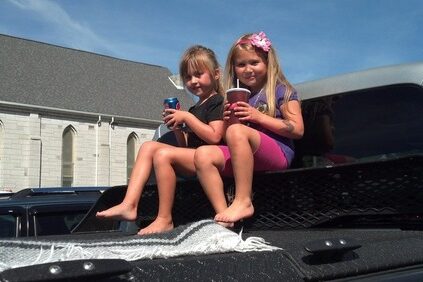
For many kids, riding in the open bed of a pickup truck was a thrilling part of childhood. It didn’t matter if they were flying down a highway or bouncing along a dirt road—no seatbelts, no worries. Parents saw it as a fun way for kids to enjoy the breeze, completely unaware of the dangers. There were no laws against it in most places, and even if there were, enforcement was lax says Tennesee Highway Safety Office.
Today, it’s illegal in many states, and parents would be horrified at the idea of their kids rolling around in an open truck bed. We now know how dangerous it is, but back then, safety wasn’t a major concern. If you told a modern parent you used to ride that way, they’d probably look at you like you had a death wish. But for older generations, it was just part of growing up.
4. Spanking as a Common Punishment
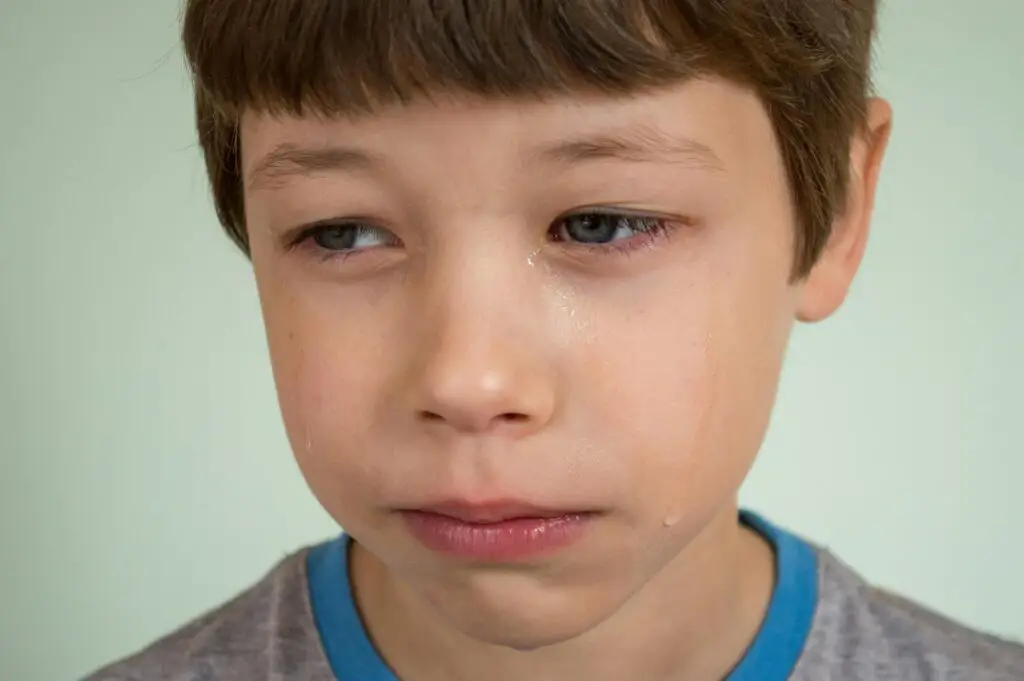
Decades ago, spanking wasn’t just accepted—it was expected. If a kid misbehaved, they knew a swat on the backside was coming, whether from a parent, teacher, or even a neighbor. Corporal punishment was seen as an effective way to keep kids in line, and no one questioned it. Many parents believed that “spare the rod, spoil the child” was a parenting philosophy, not just a saying.
Today, research shows that spanking can lead to long-term behavioral and emotional issues. Modern parenting focuses more on gentle discipline, with time-outs and conversations replacing physical punishment. Many parents today cringe at the thought of hitting their kids, even if they were raised that way themselves. But for older generations, a spanking was just another part of childhood discipline.
5. Letting Kids Drink Soda and Coffee
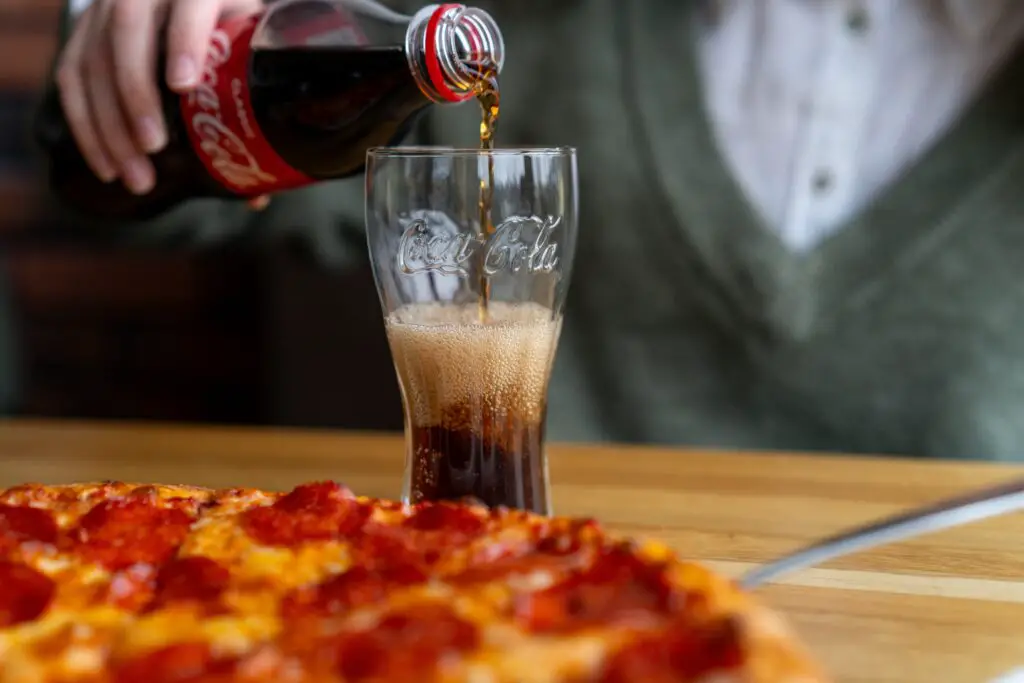
It wasn’t unusual for kids to sip on sugary sodas or even take a few gulps of coffee. Some parents believed a little caffeine wouldn’t hurt, and many thought it was cute when toddlers drank from their dad’s coffee cup. Kids would guzzle down a can of soda with dinner, and no one worried about caffeine, sugar intake, or hyperactivity. Nutrition guidelines weren’t as strict, and parents weren’t bombarded with warnings about sugar like they are today.
Now, most parents wouldn’t dream of giving their young child coffee, and many limit soda as much as possible. We know the effects of too much sugar and caffeine on developing bodies, making those old habits seem wild. If a modern parent saw a preschooler sipping a black coffee today, they’d probably do a double take. But back in the day, no one thought twice about it.
6. Sending Kids to the Store Alone
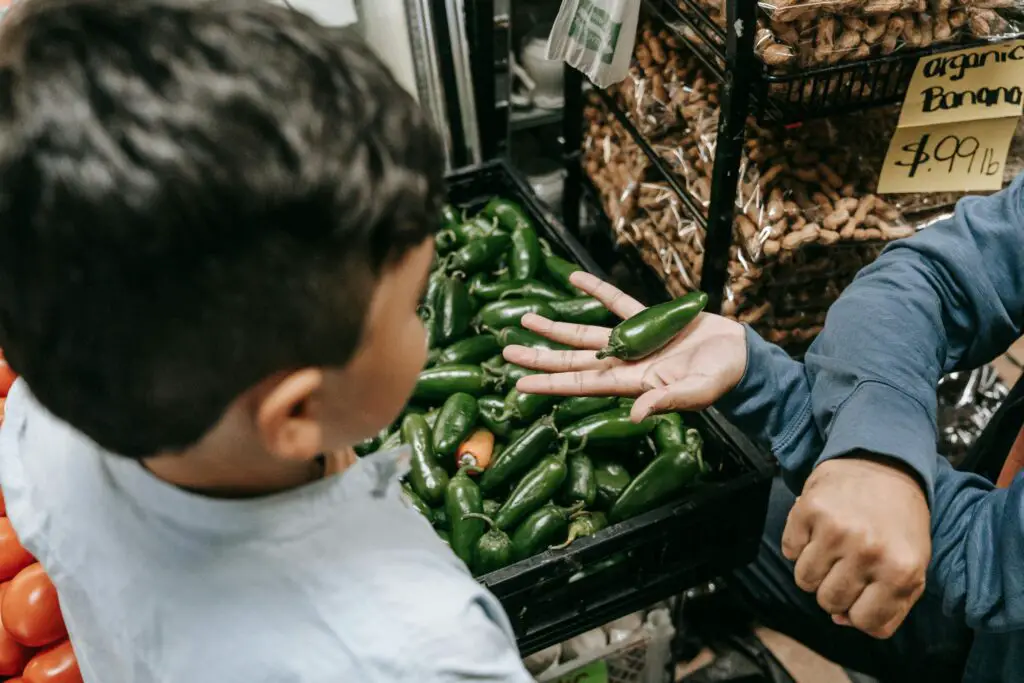
It wasn’t uncommon for kids as young as five or six to walk to the store by themselves. Parents would hand over some money, tell their child what to buy, and send them on their way. There were no cell phones, no tracking apps—just the hope that they’d come back in one piece. Many kids even ran errands for neighbors, picking up bread, milk, or even cigarettes for their parents.
Today, the thought of sending a child that young out alone seems unthinkable. Parents are much more aware of the dangers of letting kids wander unsupervised. The rise of “stranger danger” has made most modern parents extremely cautious. But back then, it was just part of growing up and learning responsibility.
7. Smoking Around Kids—Everywhere

Smoking was so common that no one thought twice about lighting up in the house, the car, or even at the dinner table. Parents would puff away while kids sat right next to them, inhaling secondhand smoke without a second thought. Doctors didn’t warn about the dangers like they do today, and cigarette ads even made smoking seem glamorous.
It wasn’t until years later that the risks of secondhand smoke became widely known. Now, smoking around kids is seen as incredibly irresponsible and even neglectful. Many public places have strict no-smoking policies, and parents who smoke often go outside to keep their kids away from the fumes. The idea of lighting up in a car with the windows rolled up and kids in the backseat would horrify modern parents. But back then, smoking was just a normal part of life.
8. Leaving Kids in the Car While Running Errands
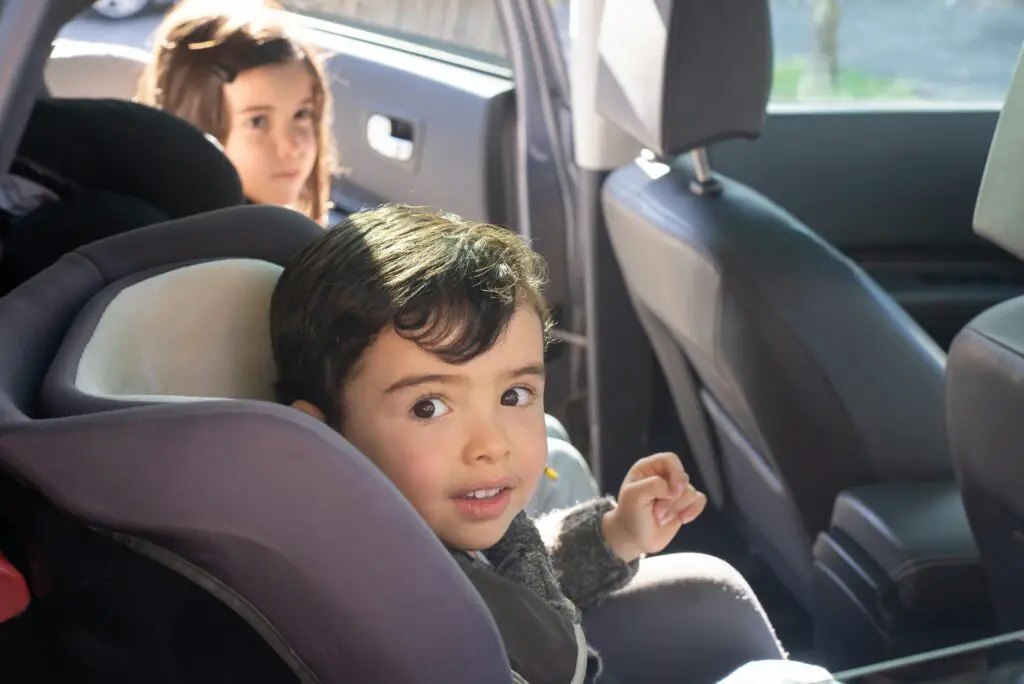
It used to be completely normal for parents to leave kids in the car while they ran into the store. Whether it was for a quick milk run or a longer grocery trip, kids were often left sitting in a hot (or freezing) car with the doors locked. Parents assumed their kids would be fine for a few minutes, and no one saw it as dangerous or neglectful.
Today, there are laws against leaving kids alone in vehicles due to the risk of heatstroke, kidnapping, or accidents. Parents are much more cautious and aware of the dangers, and anyone caught leaving a child alone in a car can face serious legal trouble. The idea of leaving a toddler in a parked car for even a minute is enough to send modern parents into a panic. But for past generations, it was just part of running errands.
9. Letting Kids Play Outside Unsupervised

It wasn’t unusual for kids to spend the entire day outside without their parents knowing exactly where they were. They’d leave in the morning, maybe check in for lunch, and not come home until the streetlights came on. Parents trusted that their kids would be fine, and neighbors often kept an informal eye on everyone’s children.
Today, the idea of letting a six-year-old roam the neighborhood alone sounds terrifying. Parents are more aware of potential dangers, from traffic accidents to kidnappings, and few would feel comfortable with that kind of freedom. Many communities also lack the tight-knit feel they once had, making unsupervised play riskier. What was once considered a normal, independent childhood now seems wildly unsafe. But back then, it was just how kids grew up.
10. Giving Kids Homemade Alcohol Remedies

Parents used to believe a little whiskey or brandy could cure just about anything. Teething pain? A dab of whiskey on the gums. A cough? A spoonful of brandy before bed. Some parents even mixed alcohol into bottles or medicine to help their babies sleep better. Today, we know that even small amounts of alcohol can be harmful to children, and no doctor would recommend it.
Modern parents rely on safer options like teething toys and children’s medicine instead. The idea of intentionally giving a baby alcohol sounds shocking now, but back then, it was a common home remedy. It’s one of those parenting tricks that people now look back on and shake their heads. But at the time, it was just something everyone did.
11. Feeding Babies Whatever the Family Ate
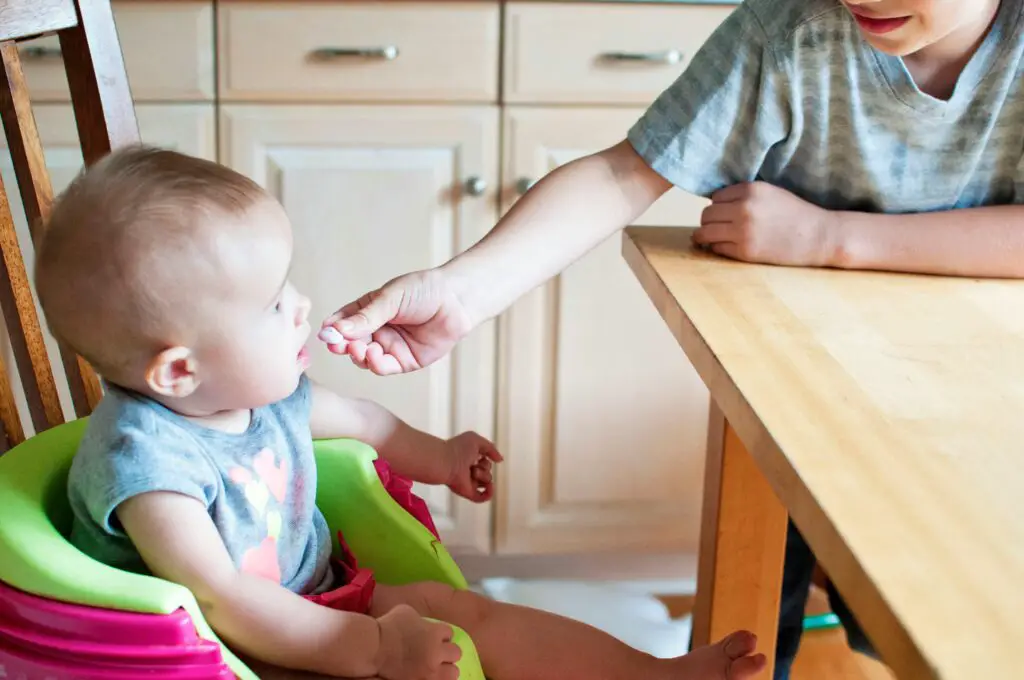
Baby food wasn’t always the carefully measured, organic puree it is today. Many parents simply mashed up whatever they were eating and fed it to their babies, no matter how spicy, salty, or textured it was. Some even gave infants things like eggs, honey, and cow’s milk well before today’s recommended ages. There wasn’t as much concern about food allergies, choking hazards, or proper nutrition.
Now, parents are more careful about introducing new foods at the right time and making sure meals are safe. Pediatricians give strict guidelines on what babies should and shouldn’t eat to prevent health issues. Looking back, many modern parents are horrified by the idea of handing a baby a chunk of steak or a spoonful of gravy. But for older generations, baby food just meant whatever was on the dinner plate.
12. Using Soap or Hot Sauce as Punishment

When kids talked back or said a bad word, some parents had a harsh way of teaching them a lesson. They’d wash their mouths out with soap, forcing them to bite down on a bar of soap or swallow a spoonful of liquid soap. Others took it a step further, using hot sauce to burn a kid’s mouth as punishment. It was meant to deter bad behavior, but today, it’s widely recognized as cruel and even abusive.
Many modern parents focus on teaching their kids why certain words are inappropriate rather than using physical punishments. The thought of making a child ingest something harmful as discipline is horrifying to most people now. But for past generations, it was seen as a tough-but-fair way to teach respect.
13. Making Kids Wait in the Car While Parents Drank at the Bar
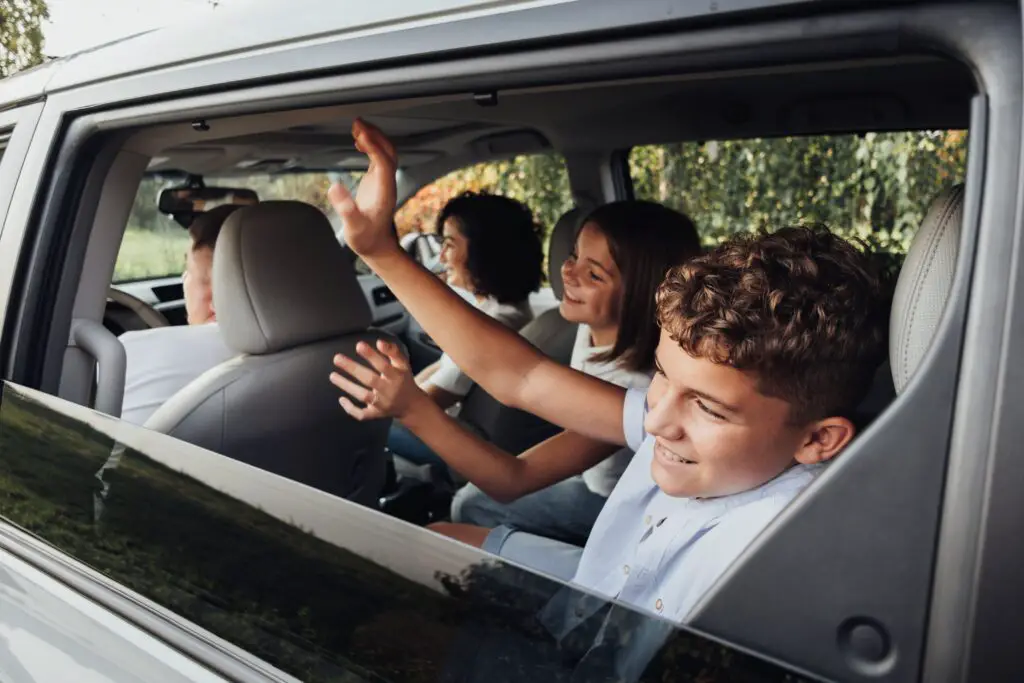
It wasn’t uncommon for parents to stop by a bar or lounge while their kids sat outside in the car. Some parents even cracked the window and told the kids to honk if anything happened. In small towns, it was almost expected that kids would just wait outside while the adults had a drink. Today, this would likely result in a police call and a visit from child protective services.
Leaving a child alone in a vehicle for any reason is seen as neglectful, let alone while a parent is drinking inside a bar. Modern parents are much more aware of safety risks and wouldn’t dream of doing something like this. The idea of leaving kids alone in a dark parking lot while sipping a beer inside is unthinkable now. But back then, it was just another Friday night.
14. Letting Babies Ride Without Strollers or Carriers
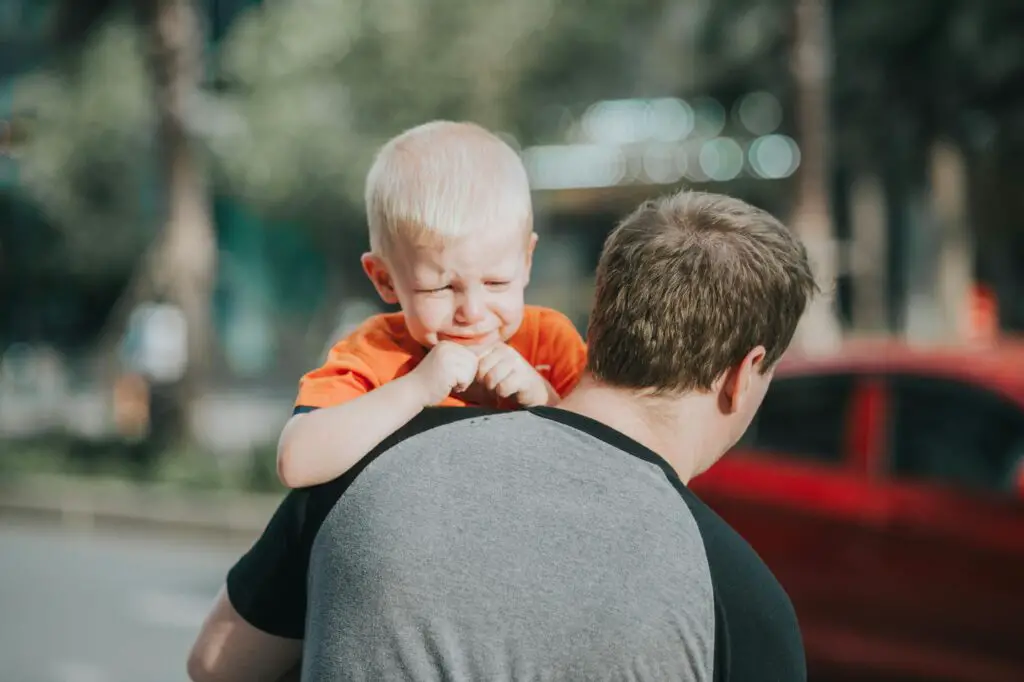
Before ergonomic baby carriers and high-tech strollers, parents often just carried babies in their arms everywhere. It wasn’t unusual to see a mom grocery shopping with a baby balanced on one hip and a toddler running ahead. Many families didn’t even own a stroller, and car seats weren’t used outside of the car. Today, baby-wearing and stroller use are practically essential for safety and convenience.
Modern parents worry about proper hip support, safe carrying positions, and preventing accidents. The thought of juggling a wiggly baby while pushing a shopping cart or walking through a crowded area sounds nerve-wracking now. But for older generations, carrying a baby in one arm and groceries in the other was just part of parenting.
15. Ignoring Food Allergies and Dietary Restrictions
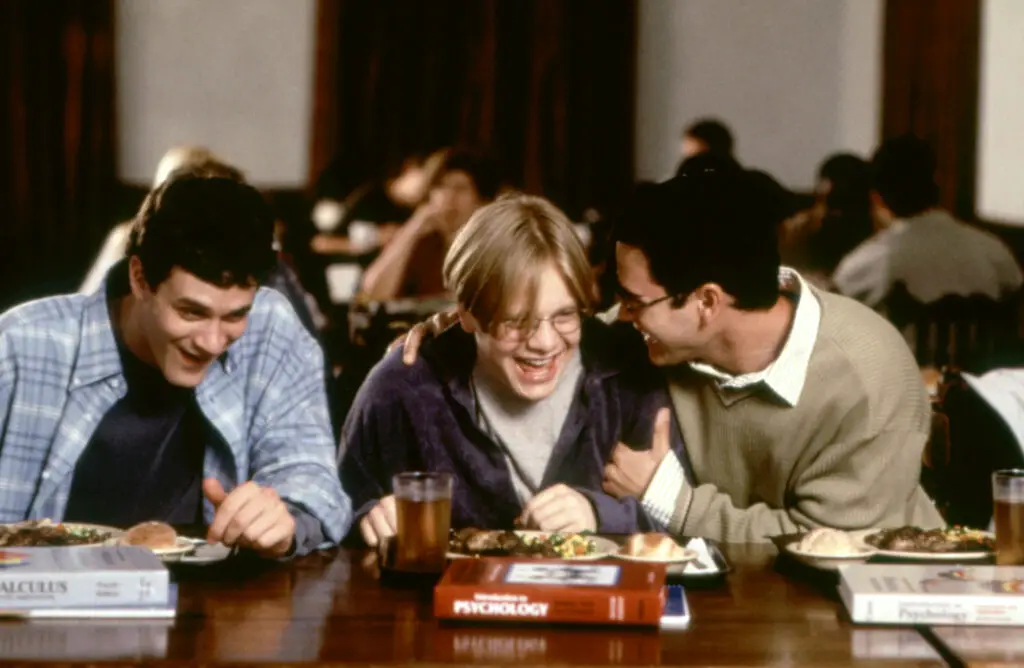
Food allergies weren’t taken nearly as seriously in past generations. If a kid complained that peanuts made their throat itch, many parents would just tell them to drink some water and toughen up. Schools didn’t have peanut-free tables, and kids with dairy or gluten issues were often expected to eat what everyone else did. Now, food allergies are recognized as serious, even life-threatening conditions.
Parents are much more cautious, and many carry EpiPens just in case. Schools and daycare centers enforce strict rules to protect children from potential allergic reactions. The idea of forcing a kid to eat something they’re allergic to sounds horrifying to modern parents. But back then, most people just didn’t believe food allergies were that big of a deal.
